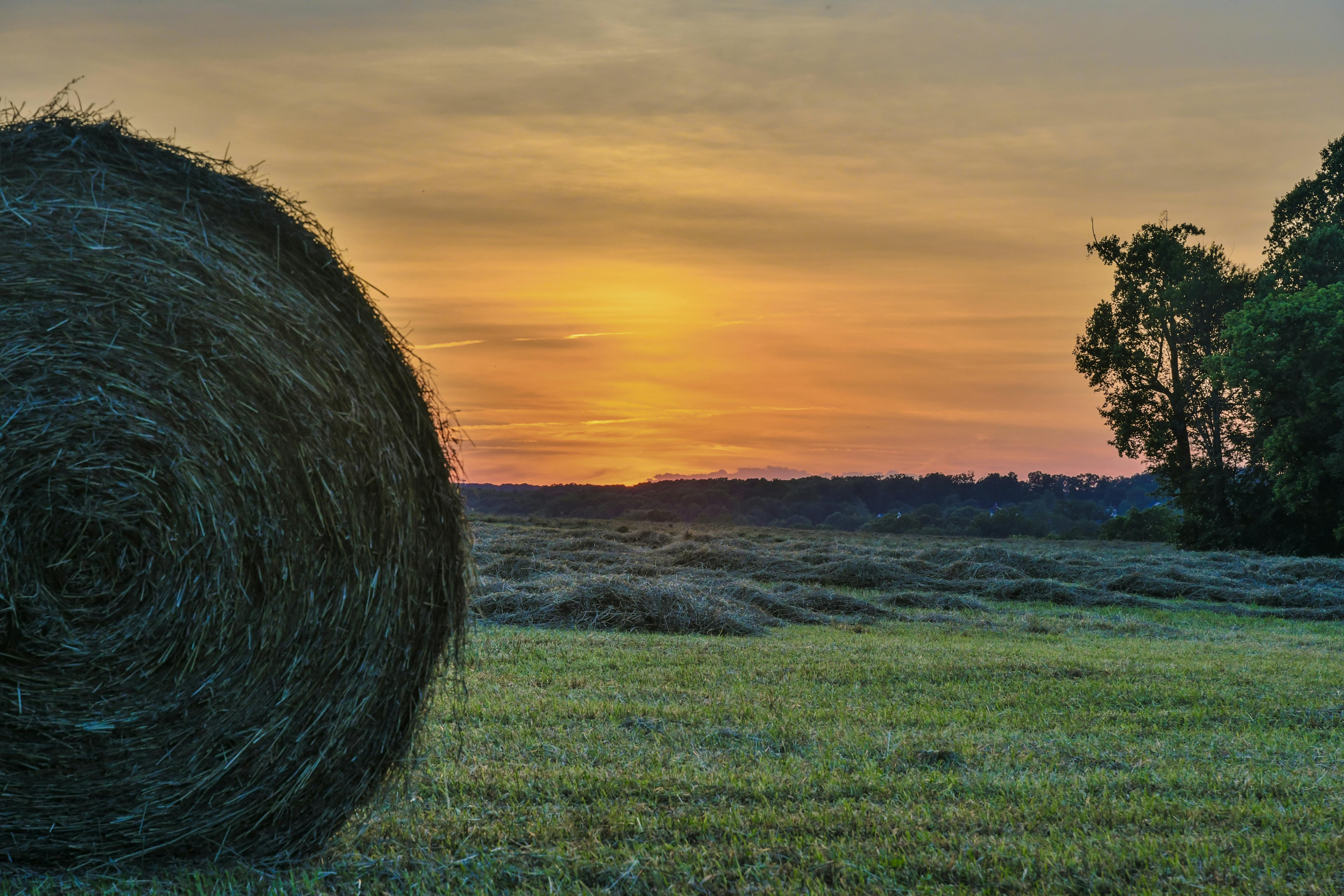Maryland, a charming state nestled on the eastern coast of the United States, has been capturing the hearts of both locals and tourists alike. From the picturesque landscapes to its vibrant cities, this state holds an undeniable allure. But have you ever wondered what keeps the cogs of Maryland’s thriving communities in motion? Look no further, as we uncover the answer to the intriguing question that lingers in your mind: what is the population of Maryland? Stay tuned to discover the numbers that shape the identity of this delightful state.
Geographic Location
Latitude and Longitude
Maryland is located at a latitude between 37.53°N and 39.72°N, and a longitude between 75.04°W and 79.49°W.
Bordering States
Maryland is bordered by Pennsylvania to the north, Delaware to the northeast, and West Virginia and Virginia to the south and west. To the east, Maryland is bordered by the Atlantic Ocean.
Size and Area
Maryland has a total area of approximately 12,406 square miles, making it the 42nd largest state in the United States.
Historical Population
Early Settlements
The history of Maryland begins with the arrival of European settlers in the early 17th century. The English established the first permanent settlement in Maryland in 1634, with the founding of St. Mary’s City. It served as the capital of Maryland until 1694.
Colonial Era
During the colonial era, Maryland attracted immigrants from Europe, particularly from England and Scotland. The colony prospered through tobacco cultivation and trade, as well as the development of farms and plantations.
Revolutionary War
Maryland played a significant role in the American Revolutionary War. The state’s proximity to the capital, Annapolis, made it an essential hub for political and military activities. Maryland troops participated in several key battles, including the Battle of Long Island and the Battle of Princeton.
19th Century
In the 19th century, Maryland experienced significant growth with the expansion of industry, particularly in Baltimore. The state became a prominent center for manufacturing, including iron production, shipbuilding, and textile manufacturing. The construction of the C&O Canal and the Baltimore and Ohio Railroad further facilitated economic development.
20th Century
In the 20th century, Maryland continued to thrive industrially, with the rise of the steel, automotive, and aerospace industries. The state also saw significant population growth and urbanization, particularly in Baltimore and the surrounding metropolitan areas.

Current Population
Census Data
According to the latest census data, Maryland has a population of approximately 6.2 million people.
Population Growth Rate
The population of Maryland has been steadily growing in recent years, with a growth rate of around 0.8% annually.
Population Density
Maryland has a population density of approximately 618 people per square mile, making it one of the most densely populated states in the United States.
Age Distribution
The age distribution in Maryland is fairly evenly spread, with a slightly higher percentage of the population between the ages of 25 and 54.
Ethnicity
Racial Composition
The racial composition of Maryland is diverse, with a significant percentage of the population identifying as White (58.4%), followed by African American (31.4%), Asian (6.9%), and Hispanic or Latino (10.2%).
Largest Ethnic Groups
The largest ethnic groups in Maryland include German, Irish, English, and Italian.

Cities
Baltimore
Baltimore is the largest city in Maryland, with a population of approximately 593,490 people. It is known for its rich history and vibrant culture, with attractions such as the Inner Harbor and Fort McHenry.
Frederick
Frederick is a city located in Frederick County, Maryland, with a population of approximately 72,146 people. It is known for its picturesque downtown area, with a mix of historic architecture and modern amenities.
Rockville
Rockville is the county seat of Montgomery County, Maryland, and has a population of approximately 68,756 people. It is known for its thriving business district and diverse community.
Gaithersburg
Gaithersburg is a city in Montgomery County, Maryland, with a population of approximately 67,776 people. It is home to numerous biotechnology companies and research institutions.
Annapolis
Annapolis is the capital of Maryland, with a population of approximately 39,174 people. It is known for its charming historic district and as the home of the United States Naval Academy.
Economy
Major Industries
Maryland has a diverse economy with major industries that include biotechnology, aerospace, defense, healthcare, and manufacturing. The state is home to several major corporations and research institutions.
Employment Statistics
The unemployment rate in Maryland is lower than the national average, standing at around 4.0%. The state’s economic growth has resulted in a favorable job market, particularly in industries such as healthcare, technology, and government.
Personal Income
Maryland has one of the highest median household incomes in the United States, with the average personal income being approximately $80,776.
Poverty Rate
Despite its relatively high median income, Maryland also has a notable poverty rate. Approximately 9.1% of the population falls below the poverty line.

Education
Public Education
Maryland has a strong public education system, with a focus on providing quality education to its residents. The state has numerous public schools, with a range of programs and initiatives aimed at ensuring student success.
Higher Education
Maryland is home to several esteemed higher education institutions, including the University of Maryland, Johns Hopkins University, and Towson University. These institutions offer a wide range of academic programs and opportunities for both undergraduate and graduate students.
Healthcare
Healthcare Facilities
Maryland has a robust healthcare system, with numerous hospitals, clinics, and healthcare facilities spread throughout the state. Some of the major healthcare institutions in Maryland include Johns Hopkins Hospital, University of Maryland Medical Center, and MedStar Health.
Health Statistics
Maryland consistently ranks among the top states in terms of healthcare quality and access. The state has low rates of uninsured individuals and boasts a high rate of healthcare coverage. It also has a relatively high life expectancy compared to the national average.
Transportation
Roadways
Maryland has a well-developed network of roadways, including interstates and highways that connect different parts of the state. Interstate 95 is a major thoroughfare that runs through the state, connecting it with neighboring states and providing access to major cities such as Baltimore and Washington, D.C.
Public Transportation
Maryland offers various public transportation options, including bus services, light rail, and commuter trains. The Maryland Transit Administration (MTA) is responsible for managing and operating these services, ensuring convenient and efficient transportation for residents.
Airports
Maryland has several airports, including Baltimore/Washington International Thurgood Marshall Airport (BWI), which serves as a major hub of transportation for the state. Other airports include Salisbury-Ocean City Wicomico Regional Airport and Hagerstown Regional Airport.
Tourism
Attractions
Maryland offers a wide range of attractions for tourists and residents alike. The state is known for its beautiful coastline, historic landmarks, and cultural events. Popular attractions include the National Aquarium in Baltimore, the Chesapeake Bay, and the Ocean City Boardwalk.
National Parks
Maryland is home to several national parks, including Assateague Island National Seashore and the Chesapeake and Ohio Canal National Historical Park. These parks offer opportunities for outdoor recreation and exploration of the state’s natural beauty.
Museums
Maryland has numerous museums that showcase its rich history and diverse culture. The Maryland Science Center, Walters Art Museum, and National Museum of African American History and Culture are just a few examples of the many museums that attract visitors from near and far.
Historical Sites
With its long history, Maryland is rich in historical sites and landmarks. Fort McHenry, where the Star-Spangled Banner was written, and Antietam National Battlefield, the site of a significant Civil War battle, are among the notable historical sites that draw visitors interested in learning about the state’s past.
In conclusion, Maryland is a diverse and vibrant state with a rich history, strong economy, excellent education, and healthcare systems, and a range of attractions and amenities that make it an appealing place to live and visit. Whether you’re interested in exploring its natural beauty, immersing yourself in its history, or enjoying its cultural offerings, Maryland has something to offer for everyone.

